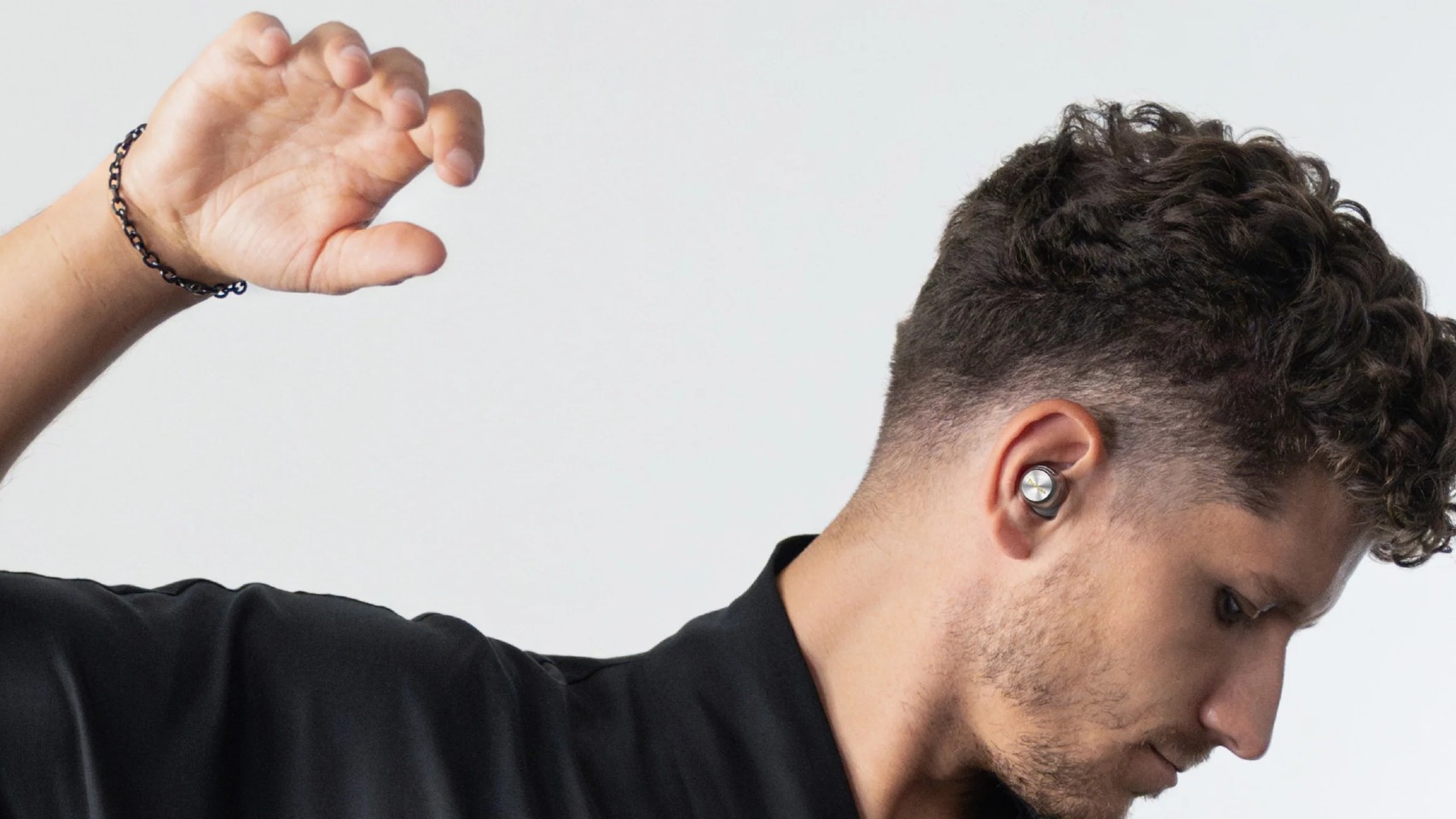How a filmmaker made a zombie epic in his backyard
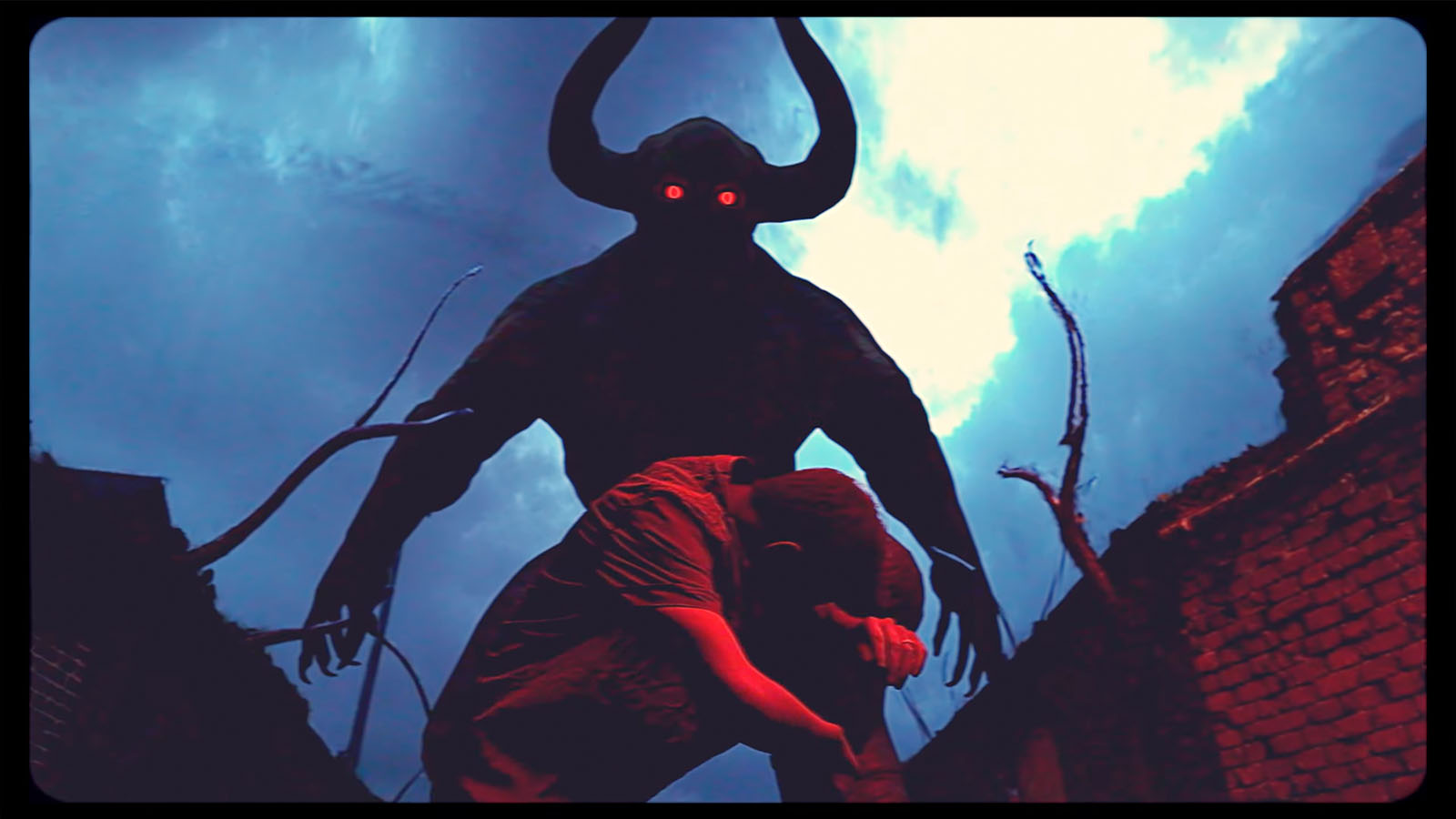
I'm no filmmaker, but as a teen in the '90s, I spent hours creating bad kung fu movies with a Super 8 camera I'd found in my parents' garage (I neither knew kung fu nor how to make movies, but if Tarantino could do it, so could I).
Every filmmaker remembers their first movie, like my janky experiments: shaky shots, improvised props, and a whole lot of imagination. For Joshua Kerr, it was the street outside his childhood home, packed with friends playing zombies and, like me, a Super 8 camera capturing every stumble and lunge.
Years later, Kerr did what I never imagined and revisited that early experiment, but this time armed with tools that put cinematic power in the hands of anyone. The result: his quiet Newcastle street transformed into an apocalyptic battlefield, complete with 3D zombies, crumbling buildings, and writhing tentacles, all from the comfort of his iPhone. It's a project that shows how AI filmmaking can work, creatively and in combination with human talent and traditional workflows.
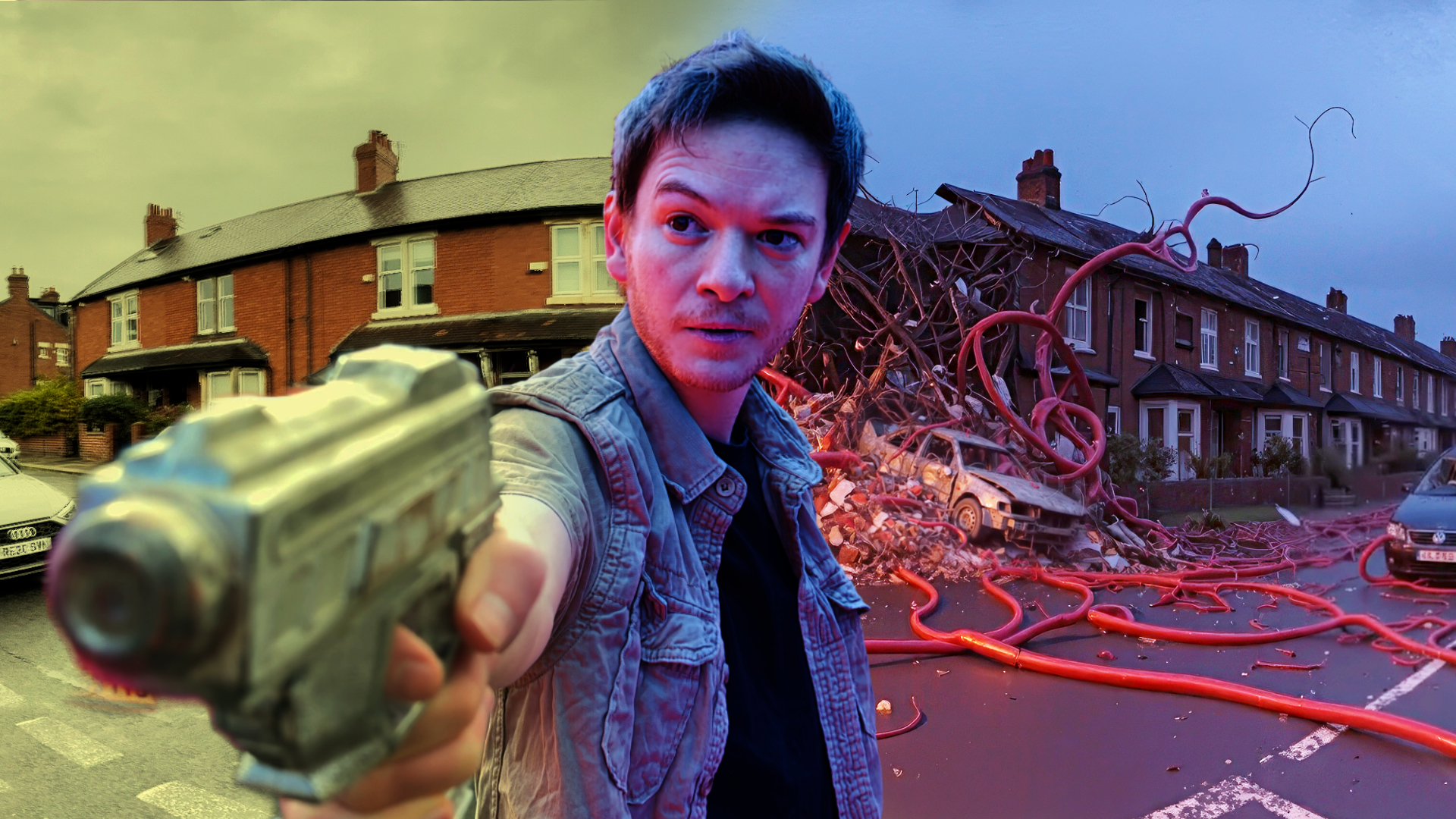
Accessible filmmaking tools
Kerr’s workflow shines a spotlight on the new, accessible virtual production tools, like Unity and Unreal Engine, that are becoming more easily available. Kerr began by capturing 360-degree HDRI photos of his street, giving him a realistic base for lighting and reflections. Next, he turned to AI art and Google Gemini generated apocalyptic AI variations, turning ordinary houses and cars into ruined, zombie-haunted environments. After refining details in Photoshop, the images were loaded into Marble to generate a Gaussian splat, which quickly turned them into a fully layered 3D world.
On set, Kerr used Lightcraft Jetset to see the virtual environment live on his iPhone. Zombies, demons, and explosive effects could be positioned and tested in real time, while Beeble AI handled relighting, seamlessly turning day into night. Everything was rendered in Unreal Engine, and finishing touches, including a nostalgic VHS aesthetic, were added in DaVinci Resolve.
“It’s amazing how much you can do today without a studio or a big crew,” Kerr says. “All the tools are there. You just need an idea and the drive to make it.”
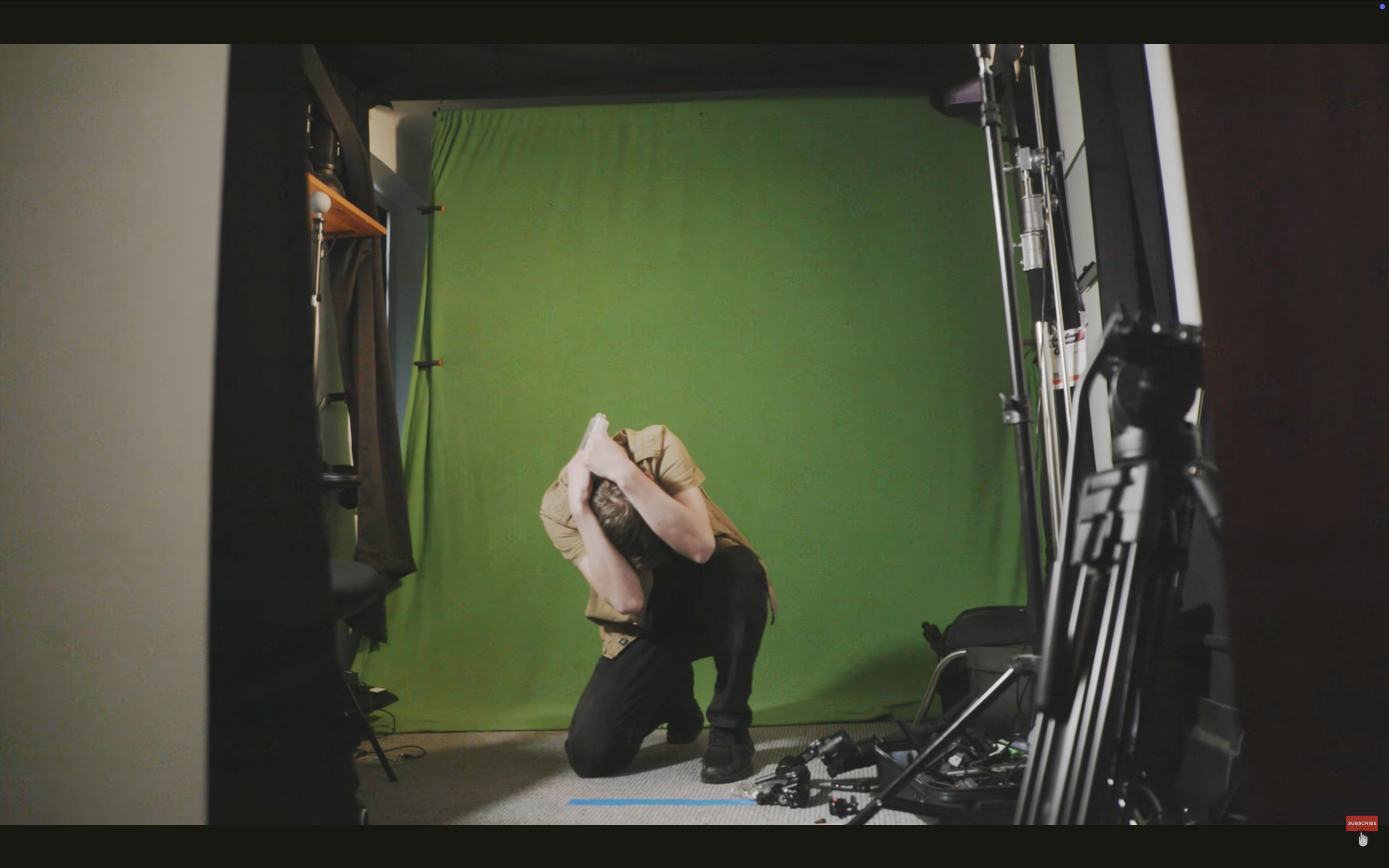

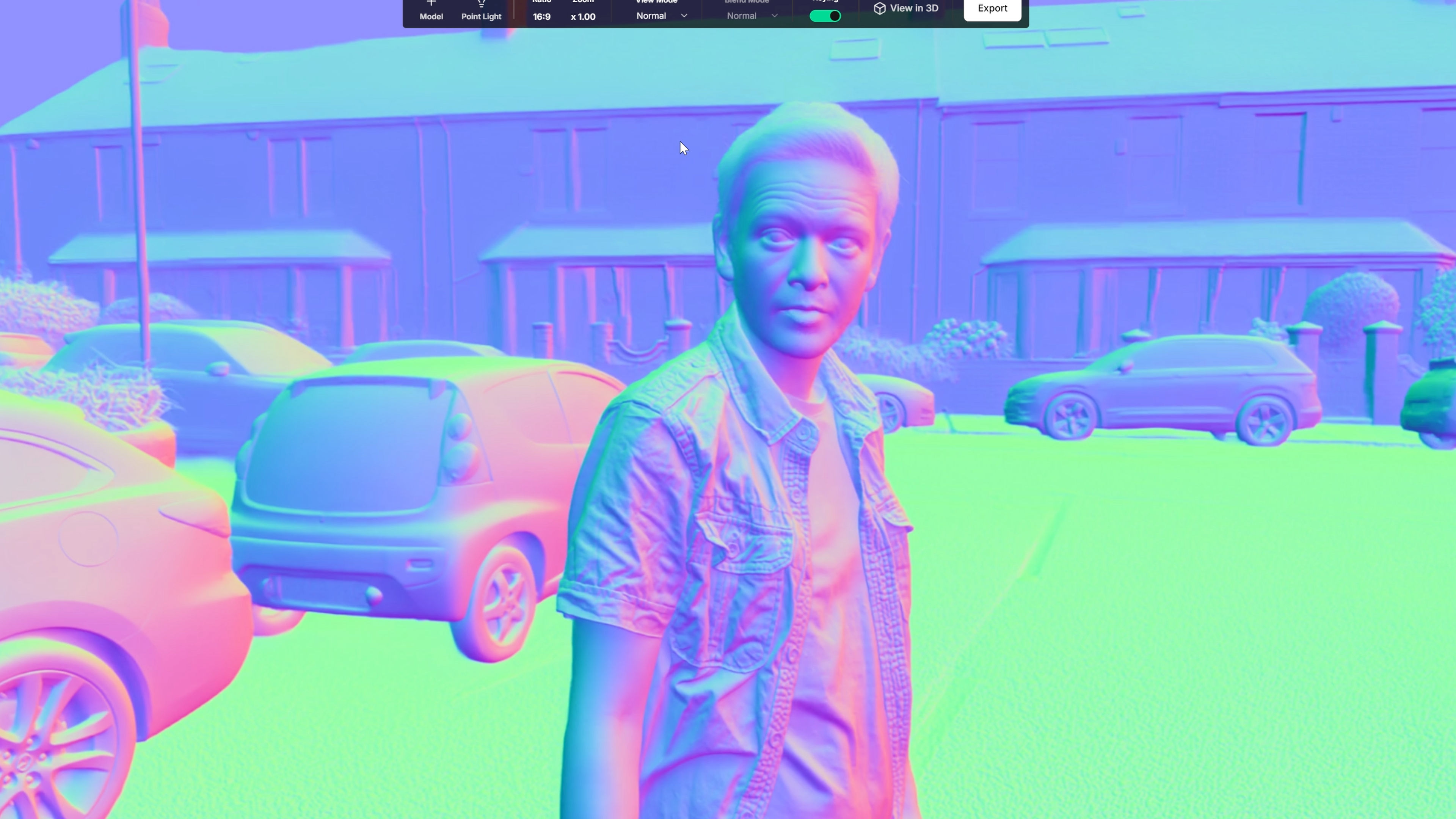
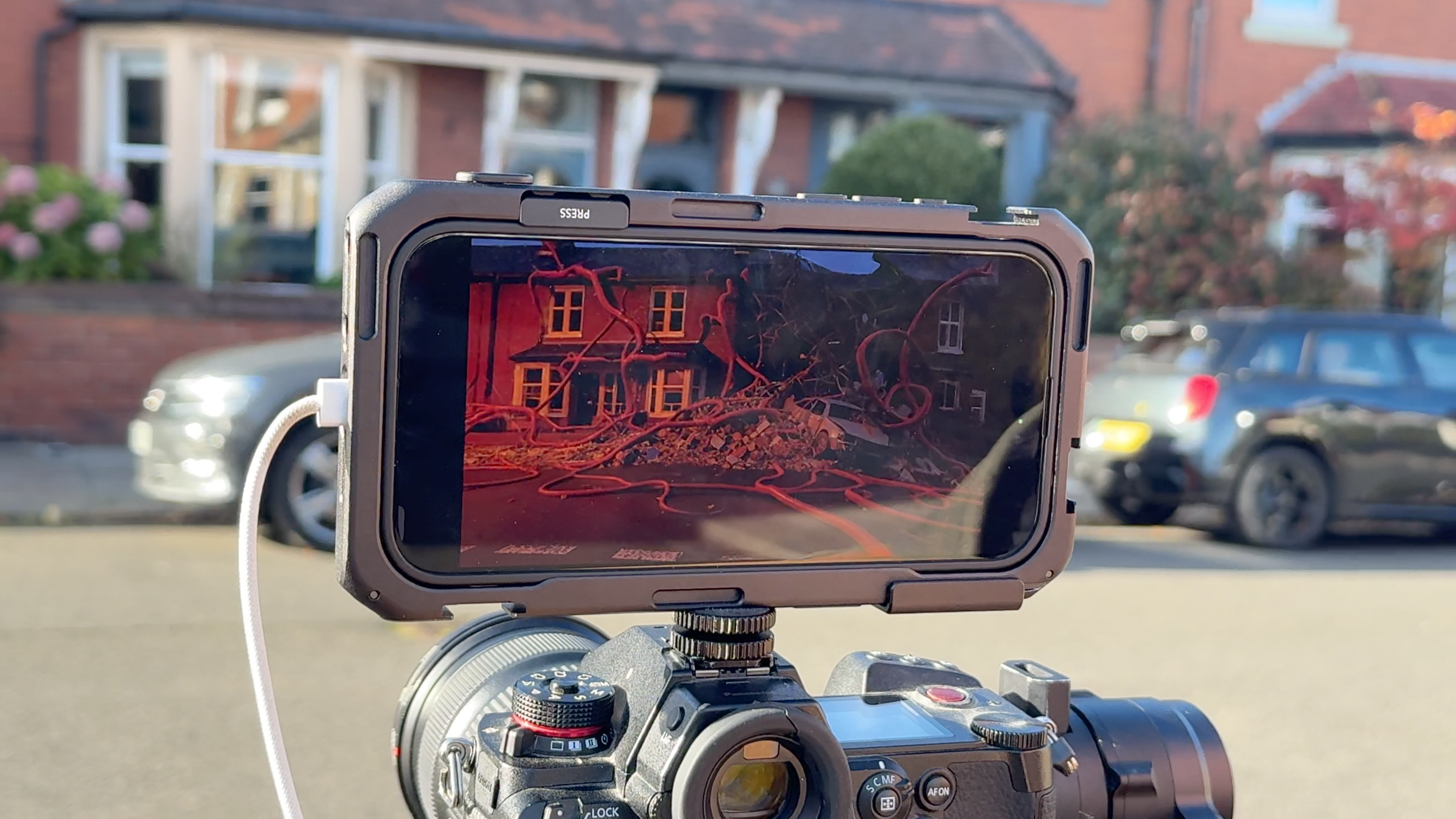
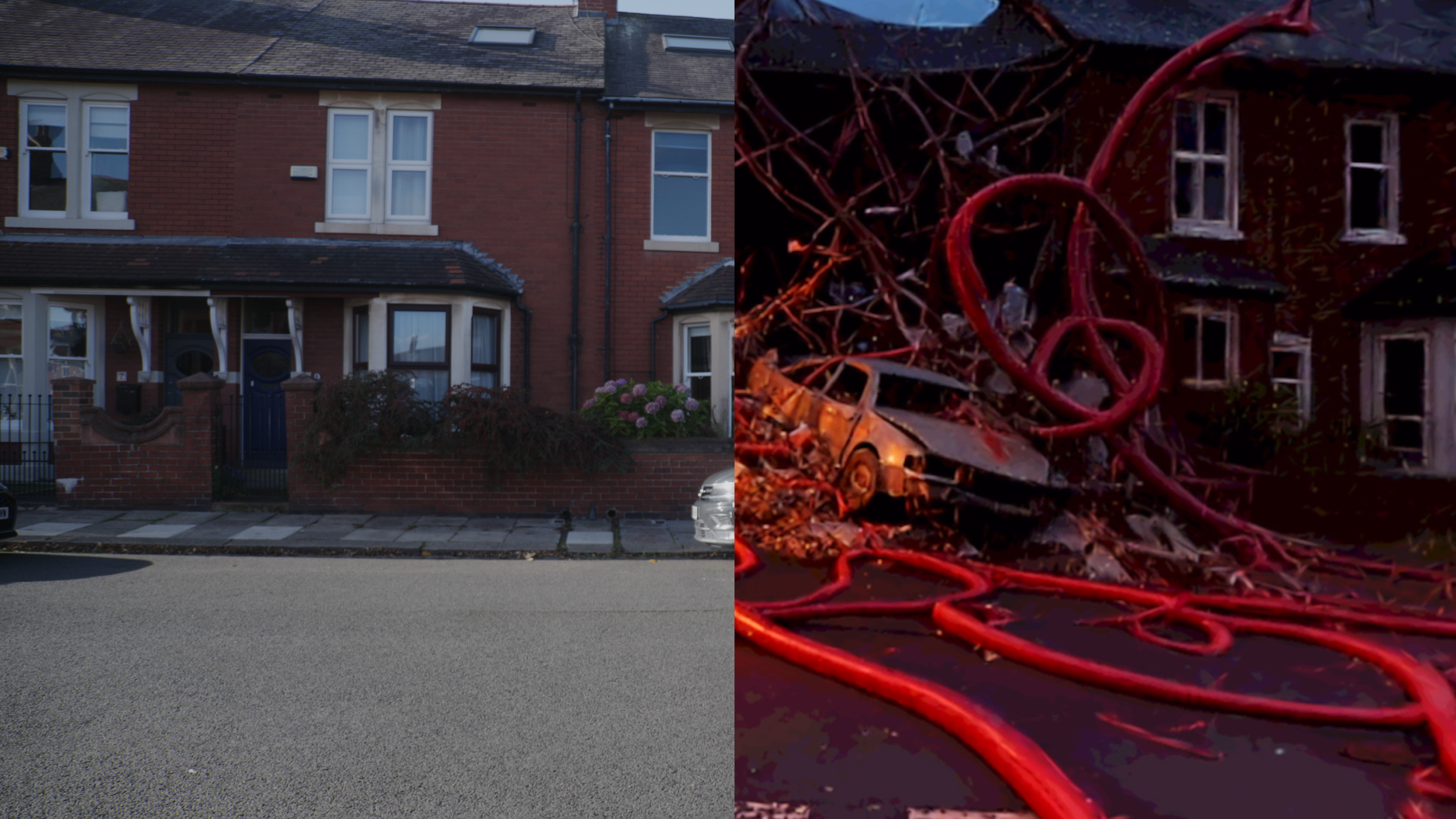

A new DIY movie magic
The project proves that filmmaking doesn’t have to be limited by budget, equipment, or location. With the right workflow, any creator can turn a street, a backyard, or even a living room into a cinematic playground, bringing their imagination to life in once unimaginable ways.
Daily design news, reviews, how-tos and more, as picked by the editors.
The rise of easily accessible tools, funnelled through something as common now as an iPhone and Photoshop, really made me stop and think about all those filmmaking ambitions I once had.
And yes, there is generative AI being used here, but in thoughtful and practical ways, mixed into a DIY workflow that means a kid living on a street in England can make a fun horror movie and begin a career they may never have thought possible. The modern Super 8 is an iPhone, and a mix of freeium apps, including Jetset and Unreal Engine.
Watch the process of how 'Joshua Makes A Zombie Movie' on YouTube.

Ian Dean is Editor, Digital Arts & 3D at Creative Bloq, and the former editor of many leading magazines. These titles included ImagineFX, 3D World and video game titles Play and Official PlayStation Magazine. Ian launched Xbox magazine X360 and edited PlayStation World. For Creative Bloq, Ian combines his experiences to bring the latest news on digital art, VFX and video games and tech, and in his spare time he doodles in Procreate, ArtRage, and Rebelle while finding time to play Xbox and PS5.
You must confirm your public display name before commenting
Please logout and then login again, you will then be prompted to enter your display name.
